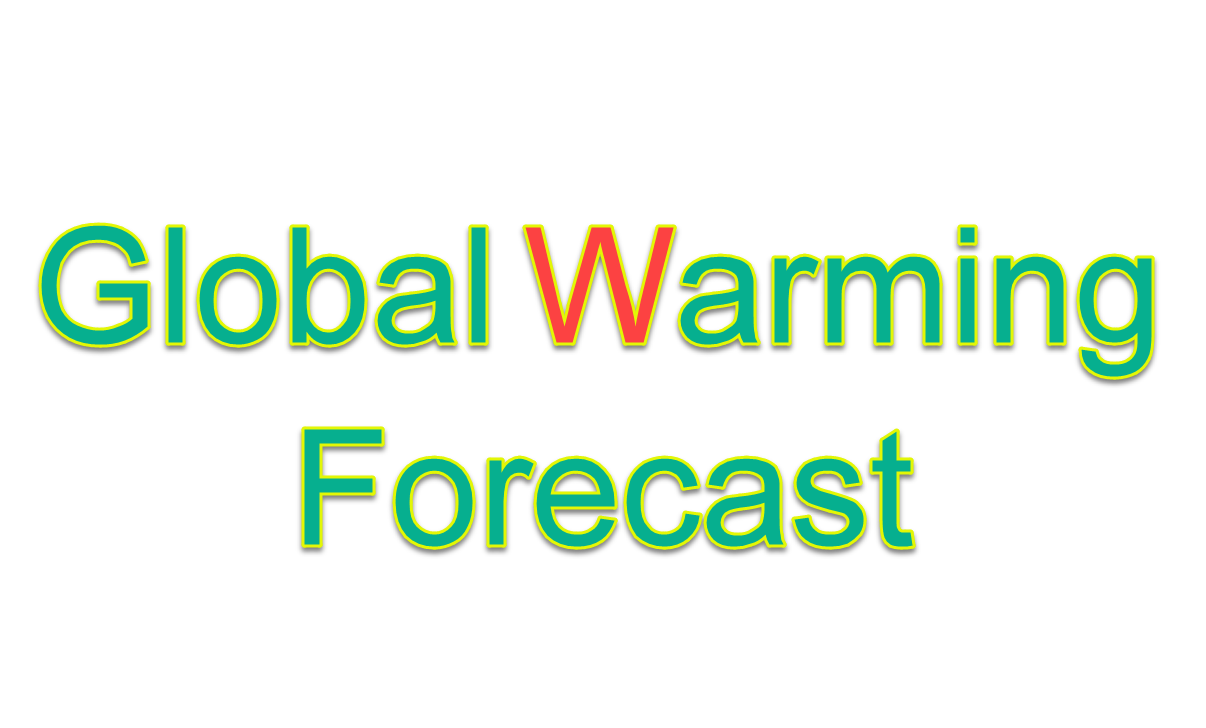The increasing severity of climate change is one of the greatest crises ever. Many people are convinced that this is an immediate reality, and everything must be done now to prevent it from happening. One major cause for concern is how the greenhouse gases in our atmosphere have contributed to global warming and its effects on temperatures, oceans, ice caps, and melting glaciers, causing so many problems.
Not only is climate change real, but it’s also affecting many people and causing severe social instability. This is a Climate Change Crisis Real Impact, and it’s time we learn more about the things being done to help in solving this problem.
In 2015, the world’s nations came together and agreed to the Paris Agreement, which was meant to help combat climate change. The agreement calls for reducing greenhouse gas emissions and limiting the rise in global temperatures. Despite this, little has been done to implement these changes and reduce emissions. Instead, we continue to see a yearly rise in greenhouse gaseous emissions.
Climate Change Crisis Real Impact
The effects of climate change are already being felt by people worldwide. More natural disasters have occurred, such as hurricanes, floods, and wildfires. These events have killed many people and destroyed homes and businesses. Here are some more ways climate change is affecting people:
1. Health
Climate change is making it easier for diseases to spread. For example, vector-borne diseases like malaria and dengue fever are moving into new areas as the climate becomes warmer and wetter. As a result, more people are getting sick from these diseases. Since 2000, there has been a 30% increase in the number of people affected by vector-borne diseases.
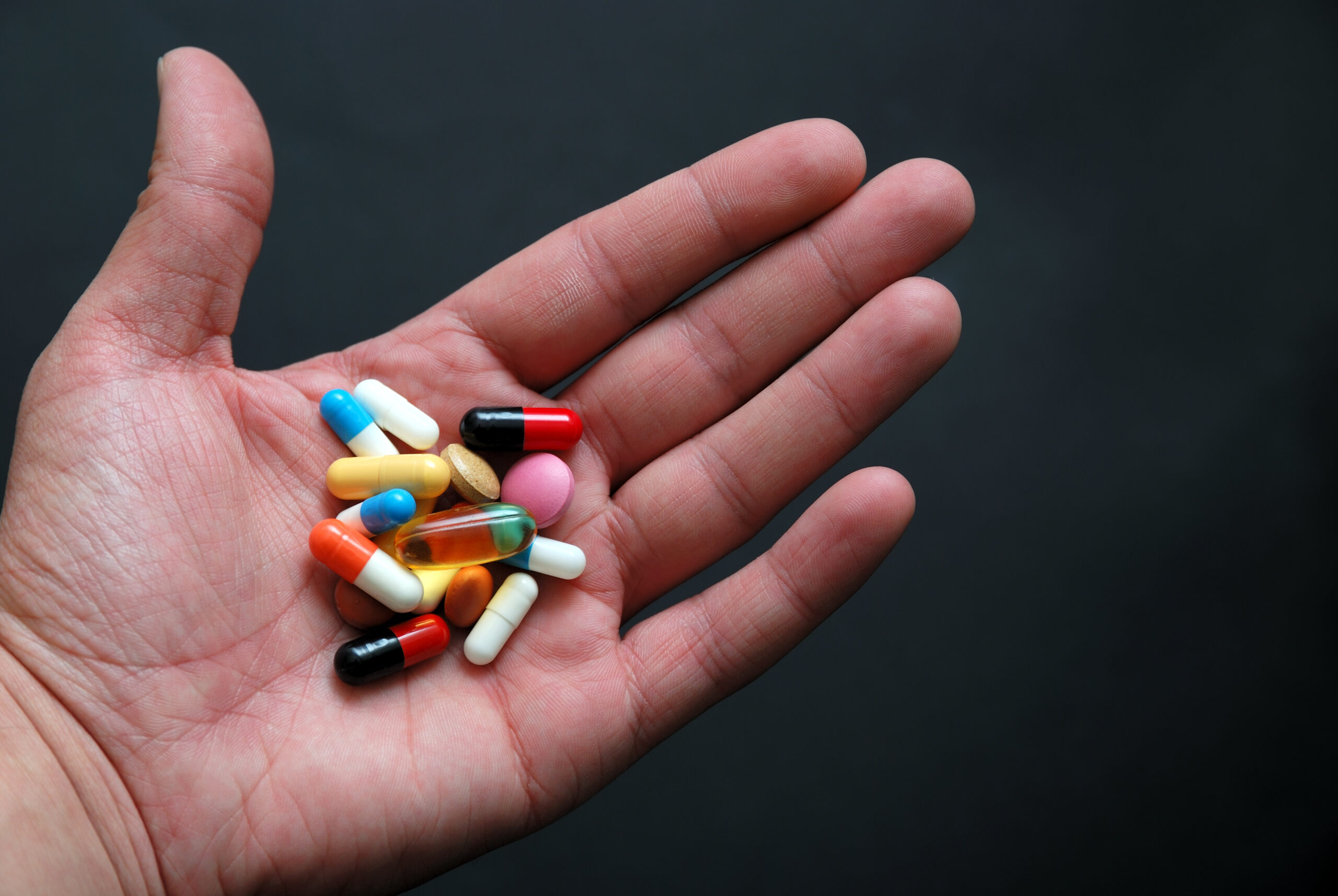
2. Food
More frequent and more intense floods, droughts, and other weather events are damaging crops and making it difficult for farmers to grow food. As a result, food prices are rising, and many people don’t have enough to eat. In 2017, extreme weather caused global $125 billion in damage to crops. Statistics show that by 2050, climate change could cause a 50% reduction in crop yields. This would lead to widespread hunger and even starvation.

3. Water
Droughts and floods are making it difficult for people to access clean water. In some cases, whole communities have had to move because their water sources have dried up. Lack of access to clean water can cause waterborne diseases, which can be deadly.

4. Displacement
Climate change is making it difficult for people to live in certain areas. For example, rising sea levels flood coastal communities and force people to move inland. Extreme weather events also destroy homes and make it hard for people to rebuild their lives. As a result, an increasing number of people are becoming climate refugees.
In 2017, hurricanes Harvey, Irma, and Maria caused an estimated $265 billion in damage in the Caribbean and the southeastern United States. This led to the displacement of millions of people.
The number of people affected by climate change will only increase in the future. The Intergovernmental Panel on Climate Change (IPCC) estimates that, by 2050, there could be as many as 200 million climate refugees.
5. Social Instability
As resources become scarce, climate change is causing conflicts to break out over the land, water, and food. In some cases, these conflicts have turned into full-blown wars. For example, Syria’s civil war started partly because of a severe drought that destroyed crops and left many people without food. Social instability can also lead to an increase in crime.
What Can Be Done to Solve the Problem?
Despite the seriousness of climate change, there is still hope. We can take steps to reduce greenhouse gas emissions and slow the planet’s warming. We need to act now before it’s too late.
1. Use Renewable Energy
One of the best ways to reduce greenhouse gas emissions is to use renewable energy sources instead of fossil fuels. Solar, wind, and hydropower are all renewable energy sources that emit little to no greenhouse gases. Technological advancement has made renewable energy more affordable and accessible than ever before. For example, in France, renewable energy accounts for most electricity production. The government has also committed to phasing out fossil fuels entirely by 2050.
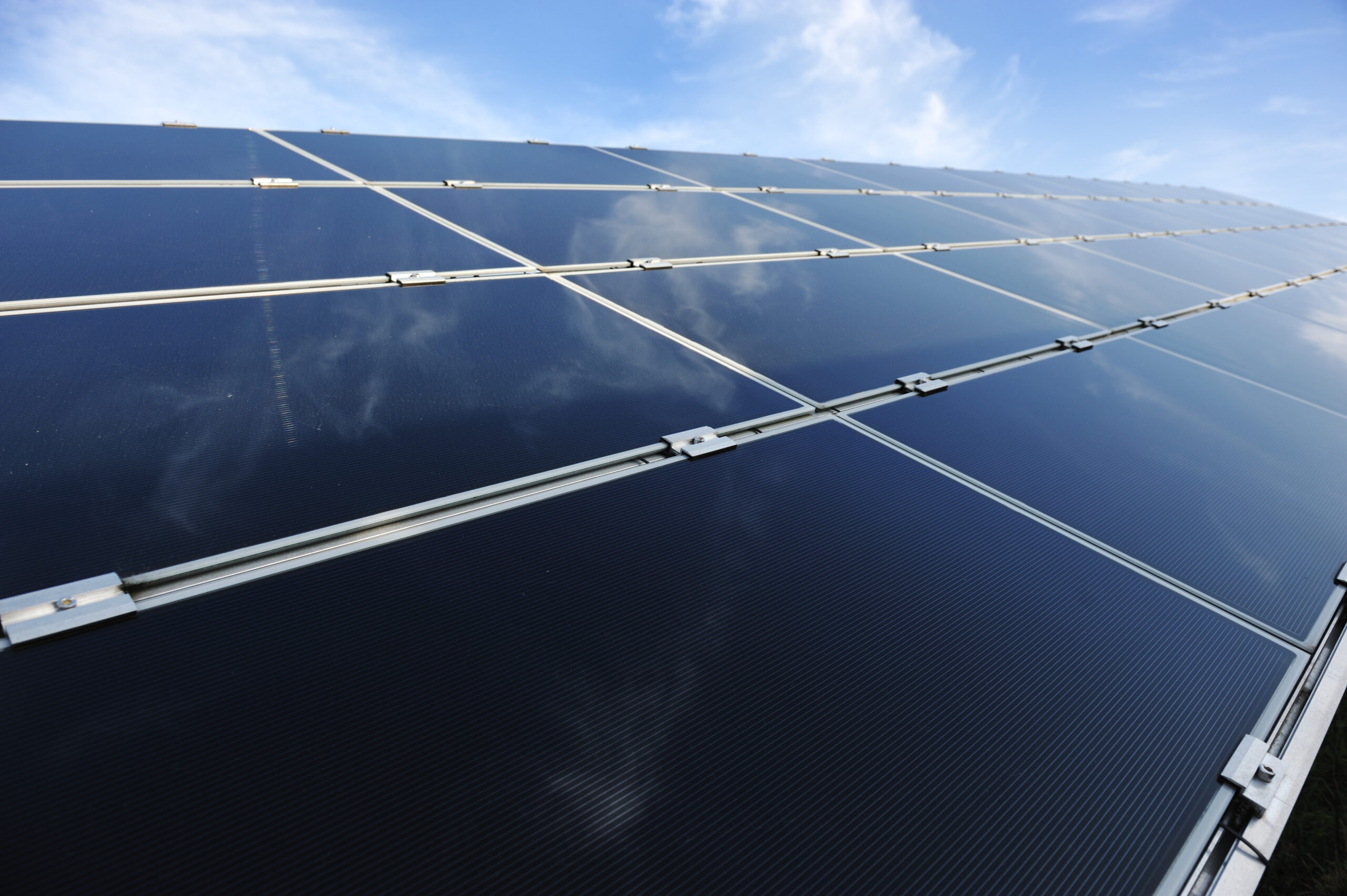
2. Improve Energy Efficiency
Enhancing and developing a mechanism to improve energy efficiency is one of the most powerful strategies for mitigating climate change. It involves both long-term and short-term measures. The short-term action includes promoting public transportation, carpooling, using energy-efficient appliances, etc. The long-term goal is to develop and use new renewable energy resources like solar, wind, and hydropower.
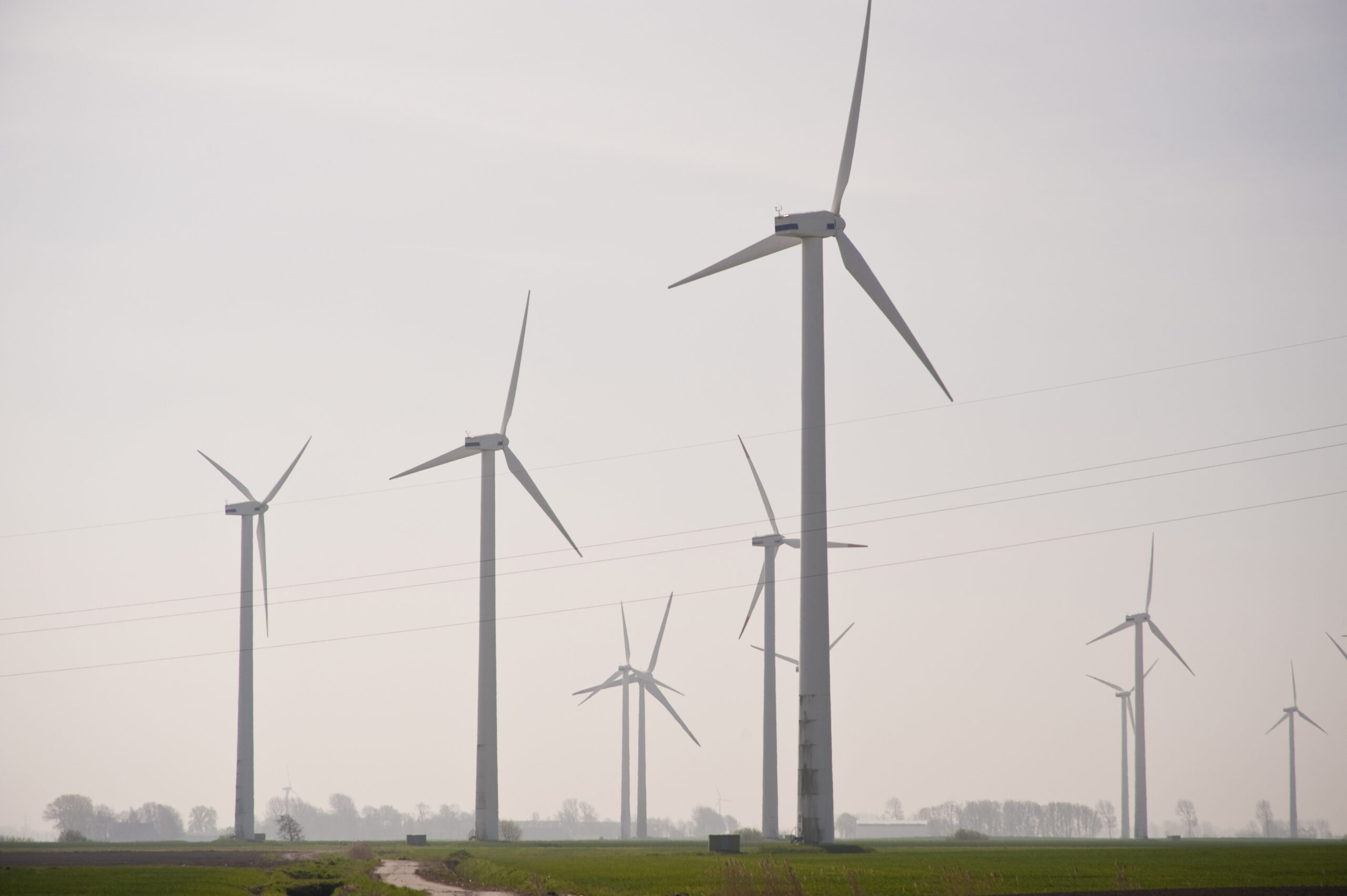
3. Reduce Deforestation
Deforestation accounts for around 20 percent of global greenhouse gas emissions. Trees play an essential role in absorbing carbon dioxide from the atmosphere. When they are cut down, it reduces their ability to do this. Deforestation also contributes to climate change by decreasing the amount of reflective surface on the planet. This causes more sunlight to be absorbed, leading to an increase in global temperatures.
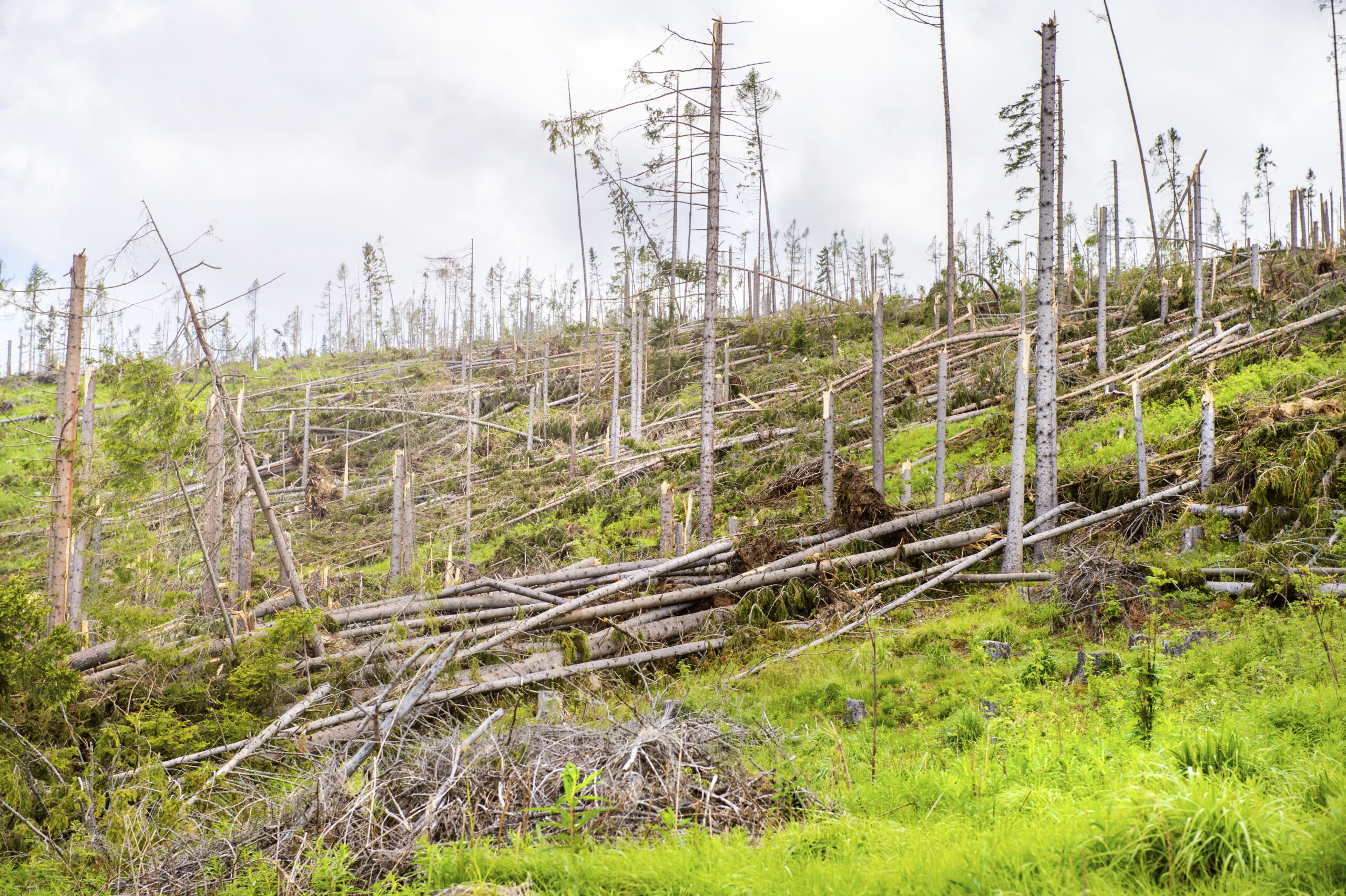
4. Promote Sustainable Agriculture
Sustainable agriculture is an approach to food production that minimizes environmental damage while still meeting the needs of society. It involves crop rotation, conservation tillage, and integrated pest management. Sustainable agriculture can help to reduce greenhouse gas emissions and slow the effects of climate change.
What is the cost of vertical farming in 2022?
As the world’s environment changes rapidly and rapidly, the agricultural sector must change to meet the increasing requirements of the present. While in the last century, the world’s population slowed down and goods traveled quickly across borders… Read the Article Here
5. Engage in Climate Change Advocacy
Individuals can also help to fight climate change by engaging in advocacy and activism. This can involve raising awareness about the issue, contacting your elected officials, and supporting organizations working to address the problem.
Climate change is a global issue that requires collective action to solve. Everyone has a role to play in the fight against climate change.
The climate change crisis is real, and the impact is being felt by people all over the world. The good news is that things can be done to mitigate the problem. We must use renewable energy, improve energy efficiency, reduce deforestation, promote sustainable agriculture, and engage in climate change advocacy. These steps can slow down the planet’s warming and make a difference for future generations.
